Herath, or Shivratri, is the main festival of Kashmiri Pandits (KPs). The word ‘herath’ is a phonetic derivation of hara-ratri – the night of Hara, another name of Lord Shiva. On this day, KPs celebrate his marriage with Goddess Parvati.
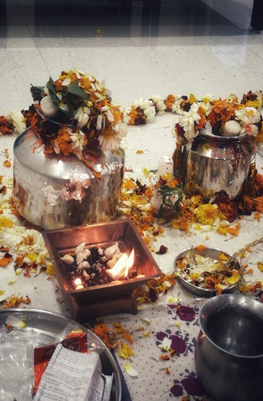
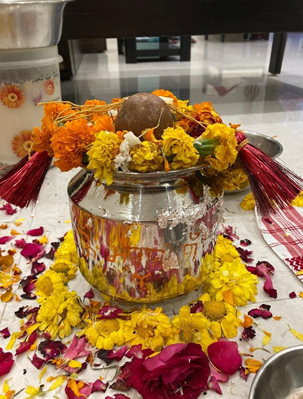
While the rest of India observe Shivratri on the 14th day (Chaturdashi) of the Hindu lunar month of Phalgun, Kashmiri Pandits generally celebrate herath a day earlier. But preparations to welcome Shiva-Parvati home begin at least a week in advance.
Just like many people in north India undertake a ritualistic cleaning of their homes before Diwali, KPs do the same before herath. The entire house, especially the kitchen, is properly cleaned and organised. Herath puja samagri is bought and kept in a clean place. The women of the house put on new clothes and athoor, and the herath puja is performed over three days.
Vatuk puja
Herath is incomplete without the vatuk. Two vessels – one big and one slightly smaller – are used for the puja. Most households use steel kalash or jug. The bigger vatuk represents Shiva (Vatuk Dev is Shiva’s name in celibate form) and the smaller one represents Parvati. The twopots are filled with clean water and walnuts. The water is changed every day in the morning until the puja concludes.
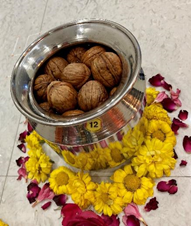
All the material are neatly arranged and the puja area decorated with flowers, diyas and incense.
Before the start of the puja, traditionally, the head of the house (usually a male member) goes out with the vatuk and the ladies lock the door from inside. When the male member knocks, the women ask ‘Who is it’. The conversation goes like this:
Thuk thuk (Knock knock)
Kus chuv? (Who is it?)
Ram-bror (I am Ramana Bhairava, son of Parvati)
Kya hyeth? (What have you brought?)
Anna hyeth, sukh hyeth, shanti hyeth, samriddhi hyeth (I bring food, happiness, peace, prosperity)
The women then open the door and the house head steps in with the vatuk, chanting ‘Om Namah Shivaya!’ The custom is symbolic of all good things entering a KP’s home during herath. The vatuk is placed on a bed of flowers and garlanded. The Om symbol is written on the vatuk with sandalwood tilak, and a sacred red thread is tied around its neck.
The thuk-thuk tradition has undergone changes with time. In Kashmir, it was customary for the eldest member of the house (father/father-in-law/grandfather) to bring the vatuk inside. But in our family, I have always seen my mother-in-law do this herself. When I asked, she said that after migration, many Kashmiri children grew up in Delhi and other cities of India. Detached from their roots, it was challenging for the new generation of Kashmiri youths to have a perfect grasp of their traditions. Over time, the rituals and customs were modified to suit their needs and conveniences. As the women were more involved in housework and festivities, it was they who ended up carrying the vatuk inside instead of a male member.
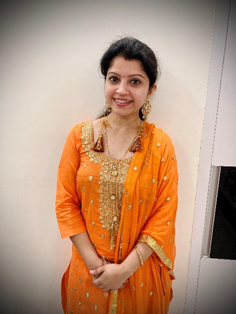
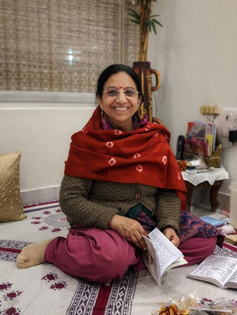
My mother-in-law and me during herath puja in Delhi.
Similar is the case with the spoken word. The elderly generation in Kashmir would never respond ‘Ram bror’ to thuk thuk. My mother-in-law tells me that ‘bror’ in Kashmiri means ‘cat’. But over time, perhaps newer generations of Kashmiris started using the word as it was shorter and easier to pronounce than ‘Ramana Bhairava’. These modifications that have undergone Kashmiri language and culture are a sad reminder of how a community loses the essence of its tradition if it’s uprooted from its home. Coming back to the puja, it begins with an invocation to Lord Ganesha. Herath puja starts late evening or at night (we usually start around 8pm) and it goes on for a few hours. I have heard that many families now listen to a shortened version of the vatuk puja on the internet to save time. But in my home, my mother-in-law, who is fluent in Sanskrit, diligently recites all the shlokas from the jantri (almanac). The puja itself is quite elaborate – as the mantras progress, different steps follow: bathing the deities, dressing them up, offering flowers etc. The most important recitation is the Mahimnapar Stotra, a hymn about the greatness of Lord Shiva. Therefore, our herath puja usually lasts for two-three hours! The puja concludes with the blowing of the shankh (conch) and an aarti.
Herath feast
The dinner spread is another highlight of herath. On this day, multiple vegetarian dishes are prepared. Some households also cook non-vegetarian Kashmiri dishes, like rogan josh (mutton) and matzch (meat balls). Mujj chettin (grated raddish chutney in curd) is a Kashmiri side dish staple on any important occasion, so you will definitely find this in the menu for herath. Other dishes may include Kashmiri haag, nadru, dum aloo, lal/peela paneer and yakhni.
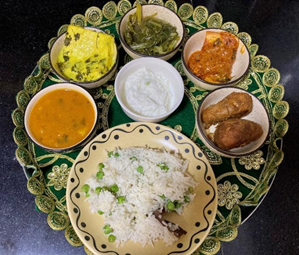
Herath kharch/salaam The next morning is an exciting day for the kids as they receive herath kharch, or pocket money, for indulgence and merriment from the head of the household. This day is also called ‘Salaam’. Upon waking up, family members hug and greet each other ‘Herath Mubarak!’ The elders bless the young and also give gifts to newlyweds. The day is spent greeting family and friends.

By Moushumi Sharma Kaul
Moushumi Sharma Kaul is an editor by profession and writer by choice. She hails from Assam and is currently based in Brighton, England. Travel is her second love after her Kashmiri Pandit husband. When she is not blogging, she can be found at the beach looking at the stars or in a cafe sipping hot chocolate. She can be contacted at : moushumi1587@gmail.com





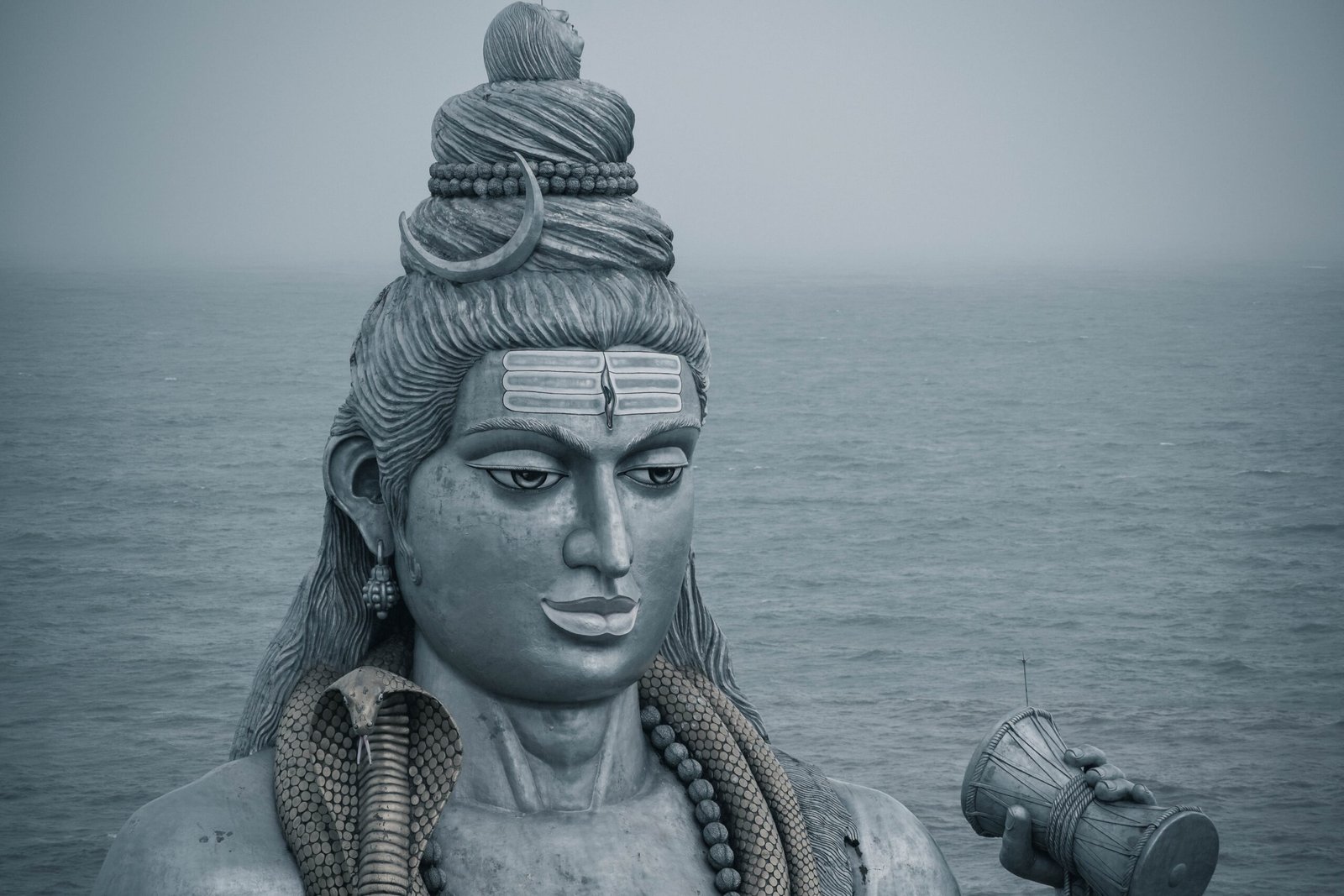

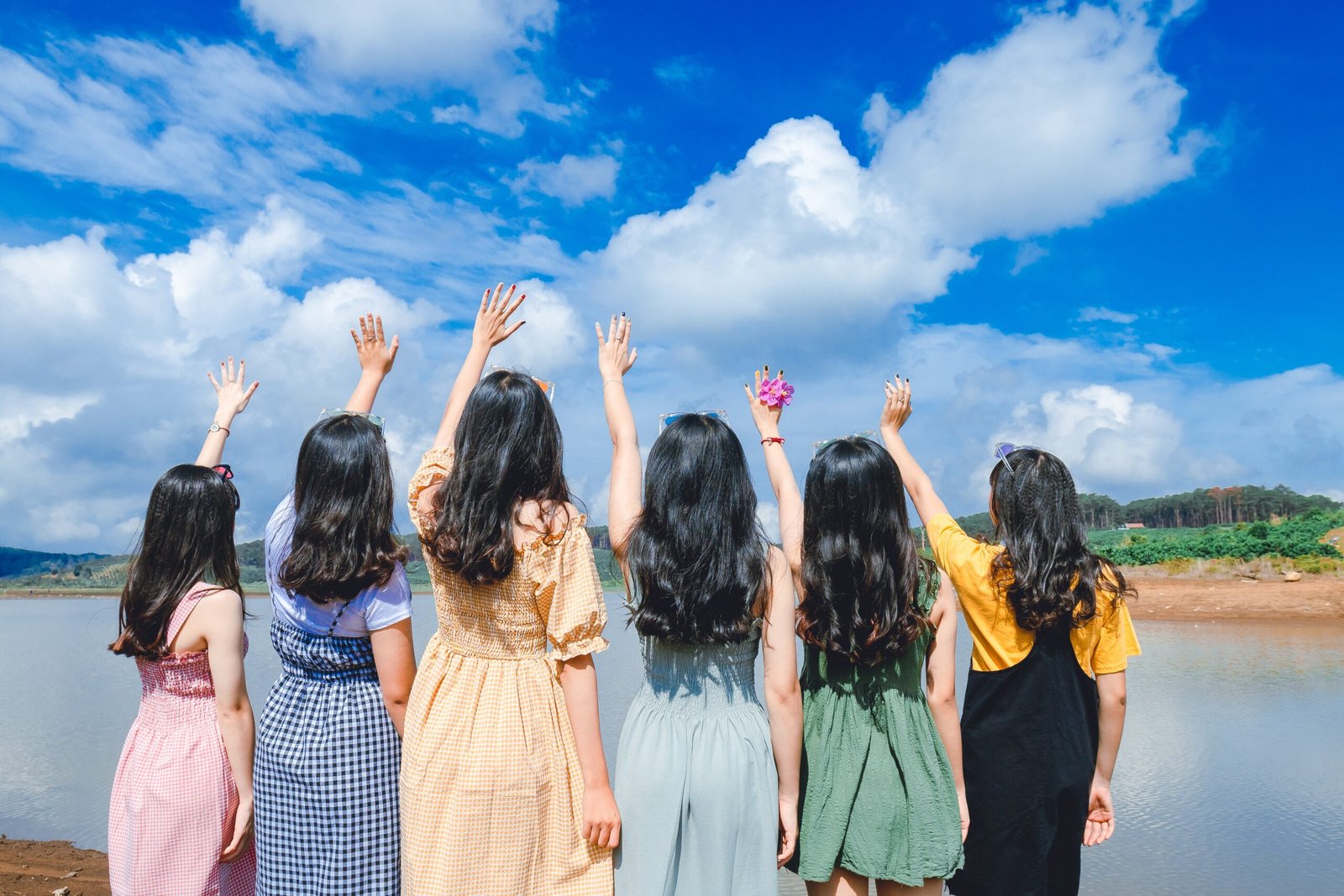

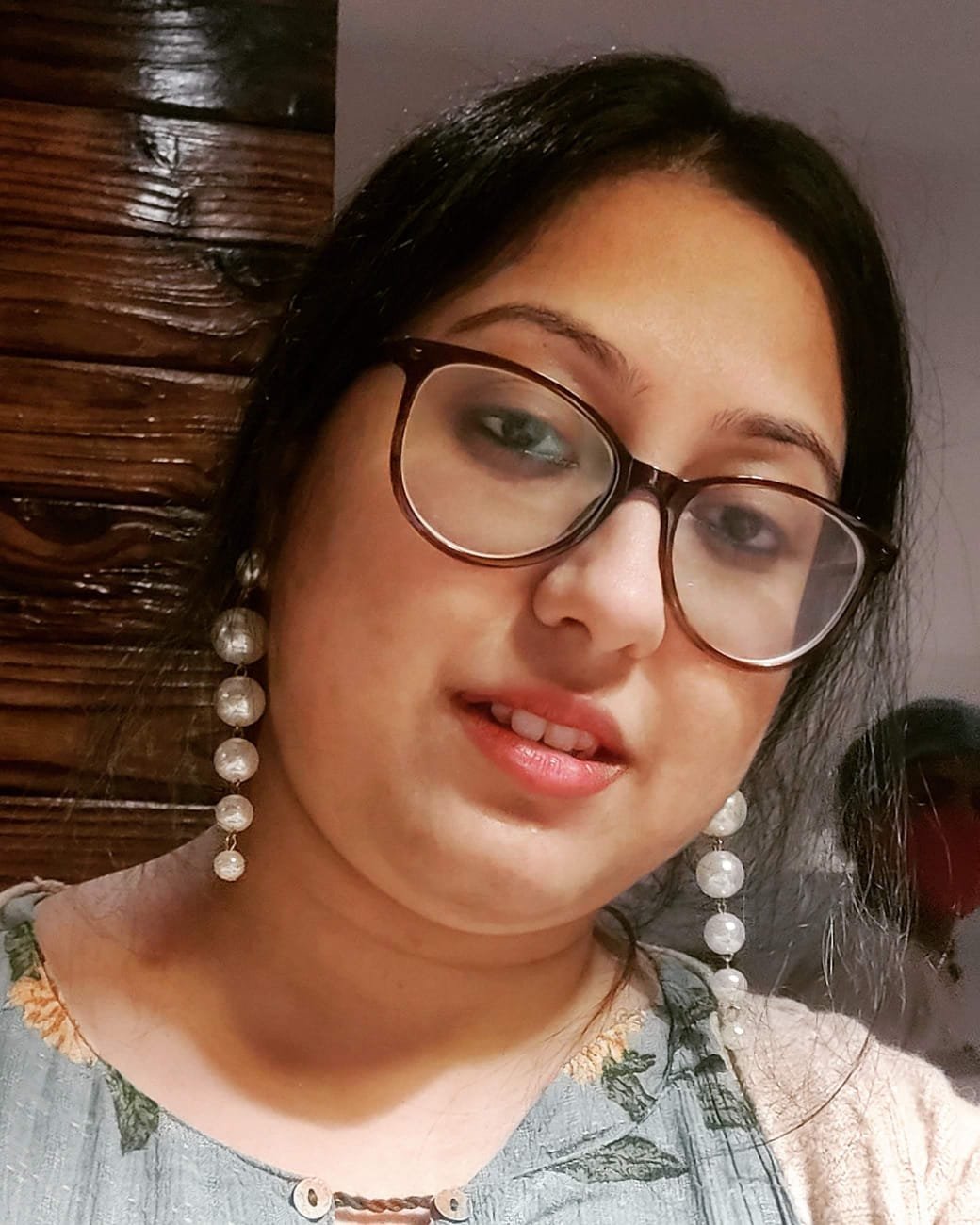
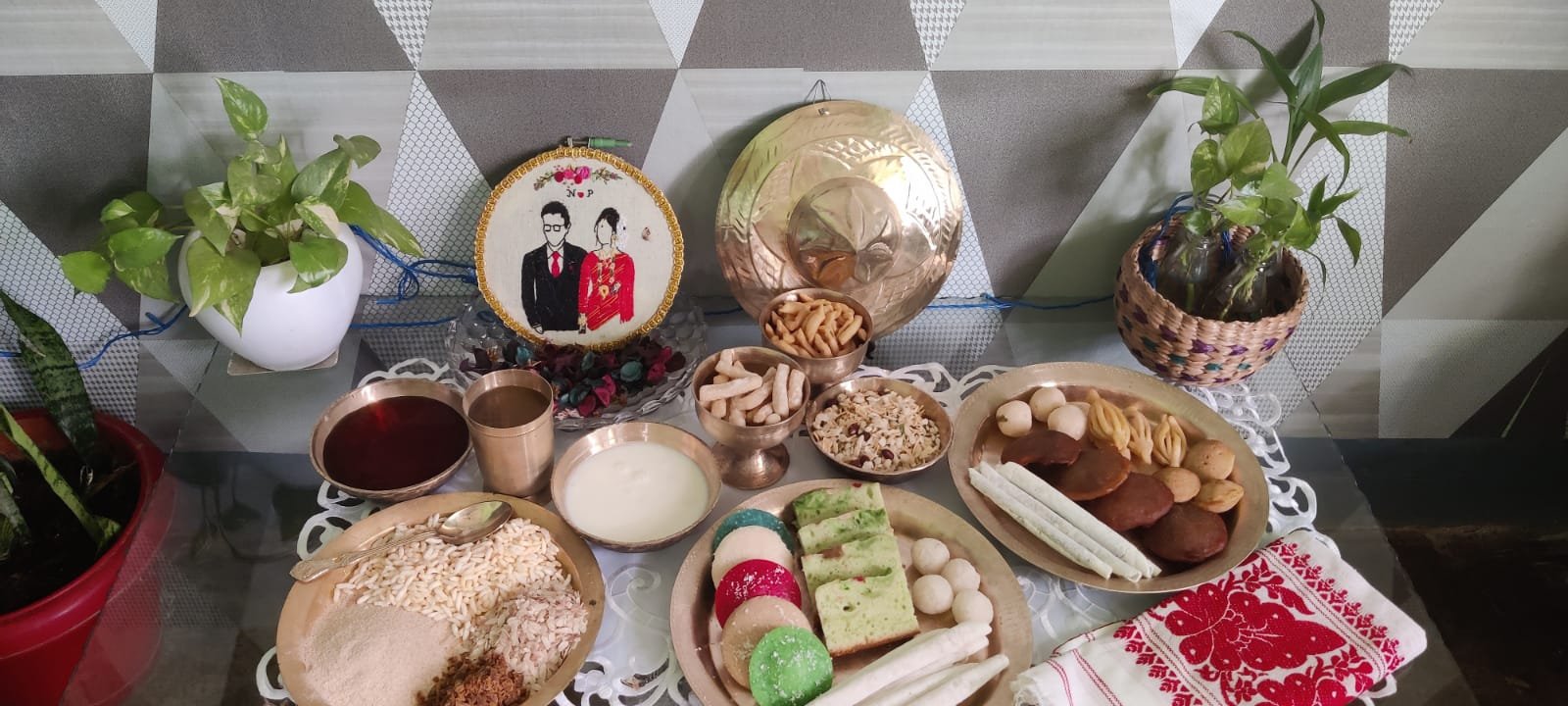


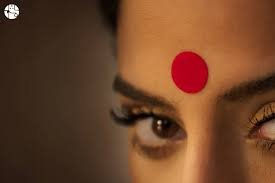



Facebook Comments